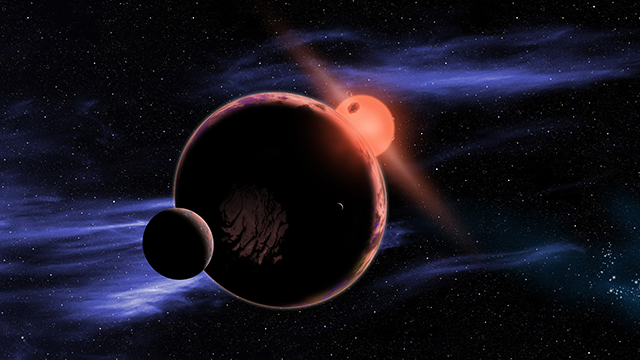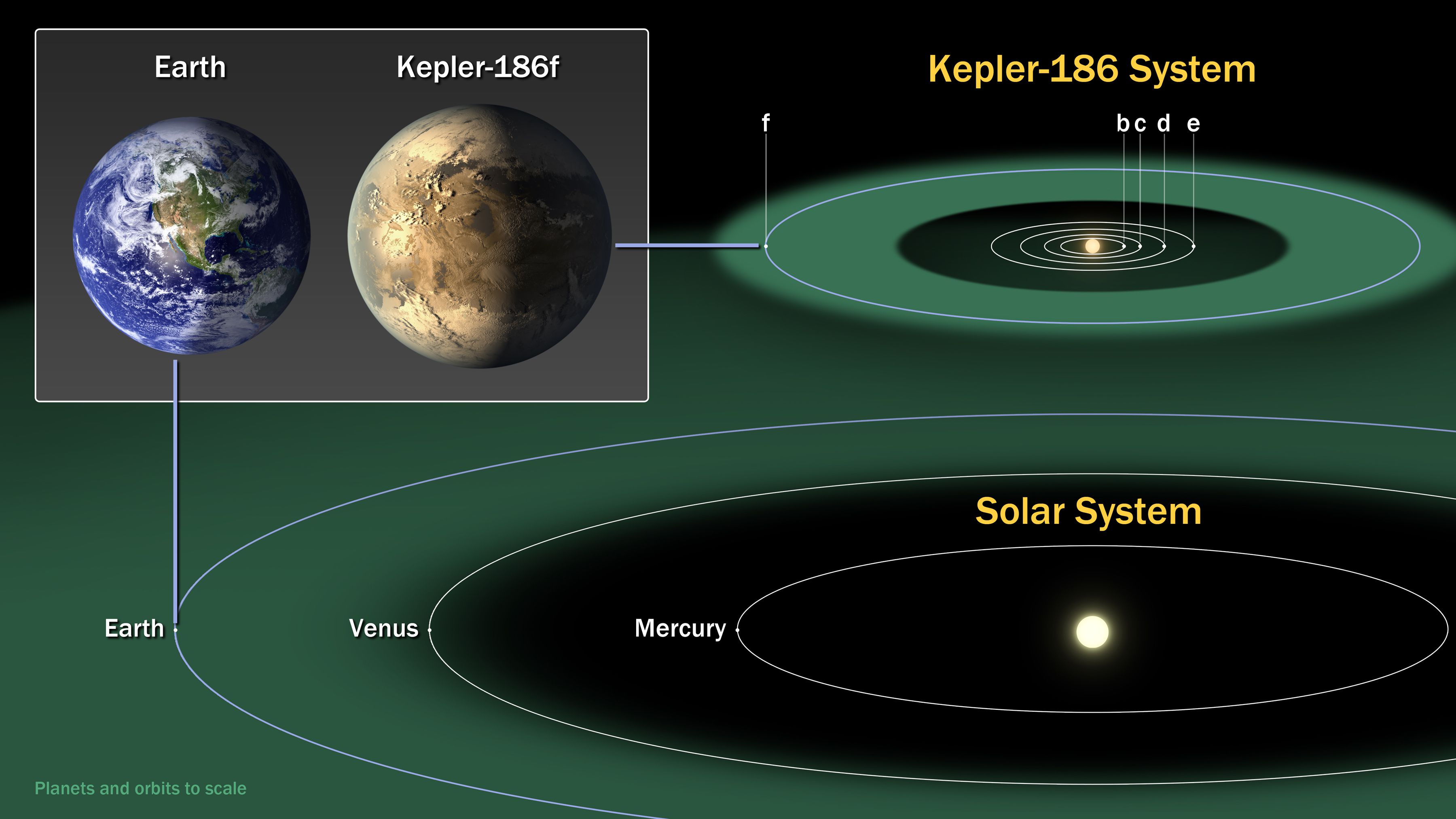Breakthrough Model Assesses Alien Environments with Limited Data
In a groundbreaking advancement for astrobiology, NASA habitability scientists have developed a new habitability model that offers a probabilistic way to evaluate whether distant exoplanets and moons could potentially host life. The innovative approach, part of NASA’s Alien Earths project, provides a flexible framework that can analyze extraterrestrial environments even with limited remote data — a major step forward in the search for life beyond Earth.

Unlike earlier models that focused heavily on the presence of water as the primary indicator of habitability, the new system — known as the quantitative habitability framework — incorporates a wide range of biological, chemical, and environmental factors. It assesses an alien world’s conditions and compares them to the survival requirements of both Earth organisms and hypothetical alien life forms. The tool was built by a collaborative team of astrobiologists, chemists, and planetary scientists, and aims to guide future life-detection missions across the cosmos NASA habitability.
Probabilistic Approach Overcomes Limited Data Challenges
As described in The Conversation, the new habitability model helps scientists estimate the odds of life in environments where obtaining comprehensive chemical and atmospheric information is often impossible. It utilizes what limited data is available — such as surface temperature, pressure, radiation levels, and other observable metrics — and calculates the likelihood that life, as we know it or in theoretical forms, could survive there.
This marks a significant departure from the traditional “follow the water” philosophy that has guided much of NASA’s search for extraterrestrial life to date. Instead, the model weighs the actual biological demands of specific organisms against the hostile conditions that may exist on a given planet or moon.
Validation Using Earth’s Extreme Environments

To validate the new framework, scientists tested the model against known extremophiles — organisms that thrive in extreme conditions on Earth. These included microbes that live deep beneath Earth’s surface, organisms that survive in the harsh Himalayan environment, and others capable of withstanding severe radiation or sub-zero temperatures.
By applying the model to places such as Mars’ subsurface or Europa’s subsurface oceans, scientists were able to simulate how these Earth-based life forms might fare in similarly extreme alien environments. This evidence-based approach helps refine telescope target selection and informs future space missions where biosignatures may be extremely difficult to interpret directly.
Informing Future Space Missions and Life Detection Efforts
The quantitative habitability framework is designed to grow and evolve over time, incorporating more biological data and simulations as our understanding of extremophiles expands. With its flexible design, it can support not only NASA’s ongoing missions but also guide the priorities of upcoming telescopes and planetary probes.
This model is especially valuable in light of missions such as the James Webb Space Telescope (JWST) and potential future probes to icy moons like Europa and Enceladus. These missions will benefit from advanced target selection made possible by probabilistic models that can prioritize worlds most likely to reveal signs of life.

Quantifying Habitability — A New Era in Exoplanet Research
Dr. Jessie Christiansen, an exoplanet scientist involved with NASA’s Alien Earths project, explained that the goal is to move from speculative guesswork to quantifiable, evidence-based probabilities. “We’re essentially developing a math-based system to tell us how confident we can be about the habitability potential of worlds light-years away,” she said.
This approach could help scientists avoid expending valuable telescope time on unlikely candidates while focusing efforts on high-potential targets, thus greatly increasing the efficiency and success rate of future life detection missions.
Conclusion
NASA’s new habitability model represents a major leap forward in astrobiology and exoplanet science. By integrating biology, chemistry, and planetary data into a comprehensive, adaptable tool, the space agency is equipping scientists with better methods to seek out life beyond our solar system. As this model continues to improve, we edge closer to answering one of humanity’s most profound questions: Are we alone in the universe?
For more exciting updates from NASA’s ongoing research, check our dedicated NASA Space Discoveries 2025 coverage.









